Write the following definitions down in your notebooks before you do your practice.
3D CAD modeling can be classified into 3 distinct categories:
- Wire-frame modeling
- Surface modeling
- Solid modeling
Surface models are more realistic than wire-frame models, but not nearly as much as solid models. Unlike wire-frame models, they are created by merging 3D surfaces instead of bare lines and arcs. A three-dimensional surface is more like a piece of paper that can be placed at various angles to specify different shapes. So basically, in surface modeling, designers join multiple surfaces to give it the desired shape as well as to hide the backgrounds that need not be seen.
Solid models are vastly different from the other two types of models on the ground that they are solid inside. In other words, solid modeling can be referred to as a technique used to combine a number of "solid objects" into a single 3D design. Much like a physical object, a solid model also has additional properties like density, weight and center of gravity because of which it is most preferred choice when it comes to designing prototype of a mechanical product.


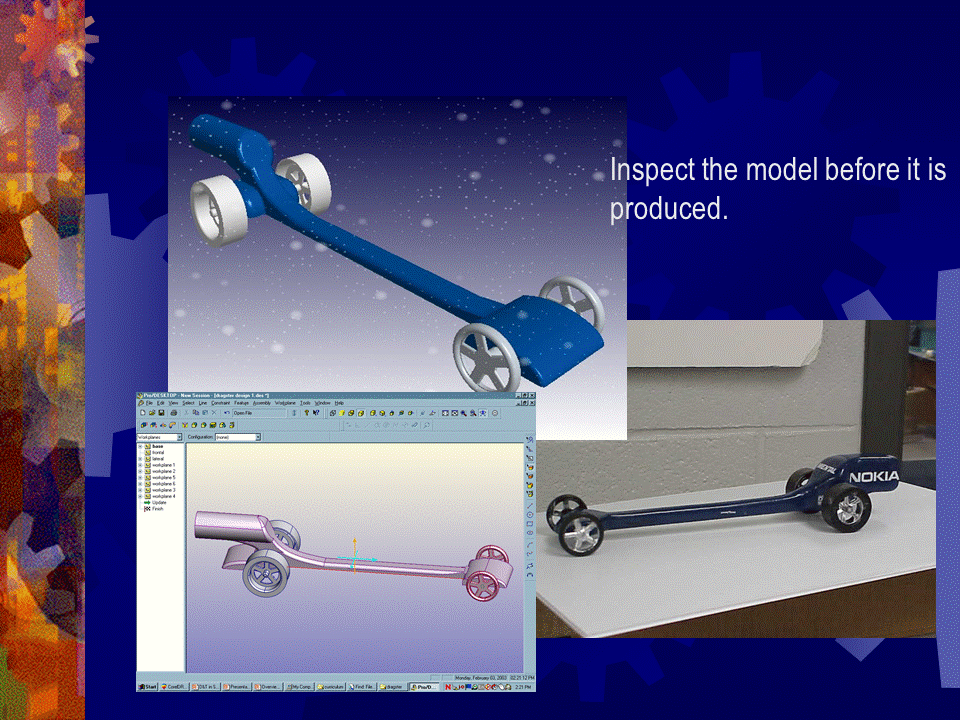

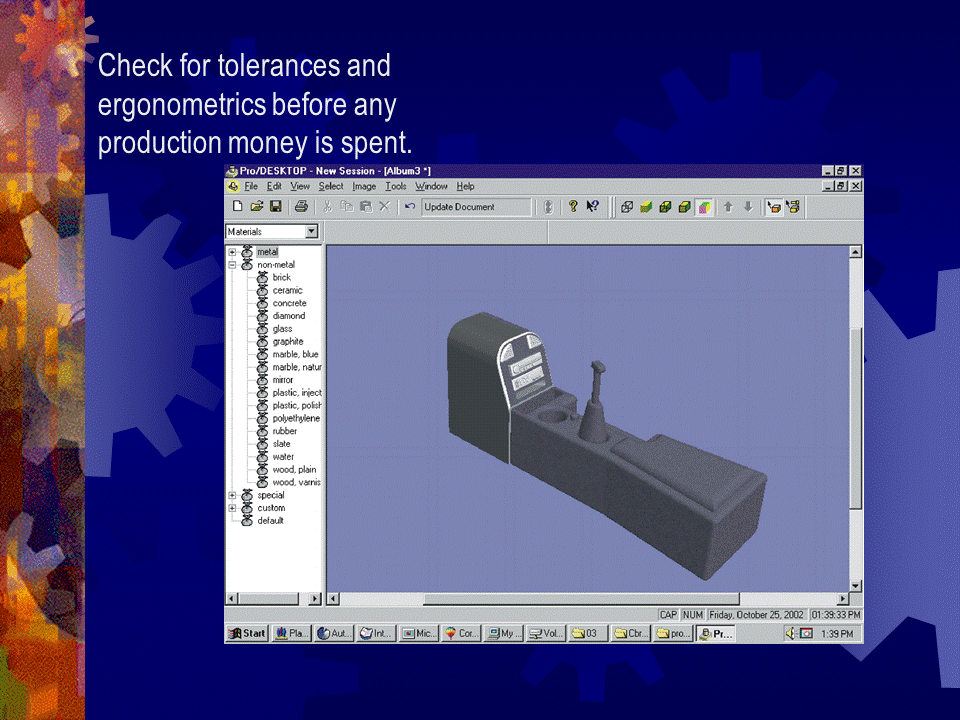




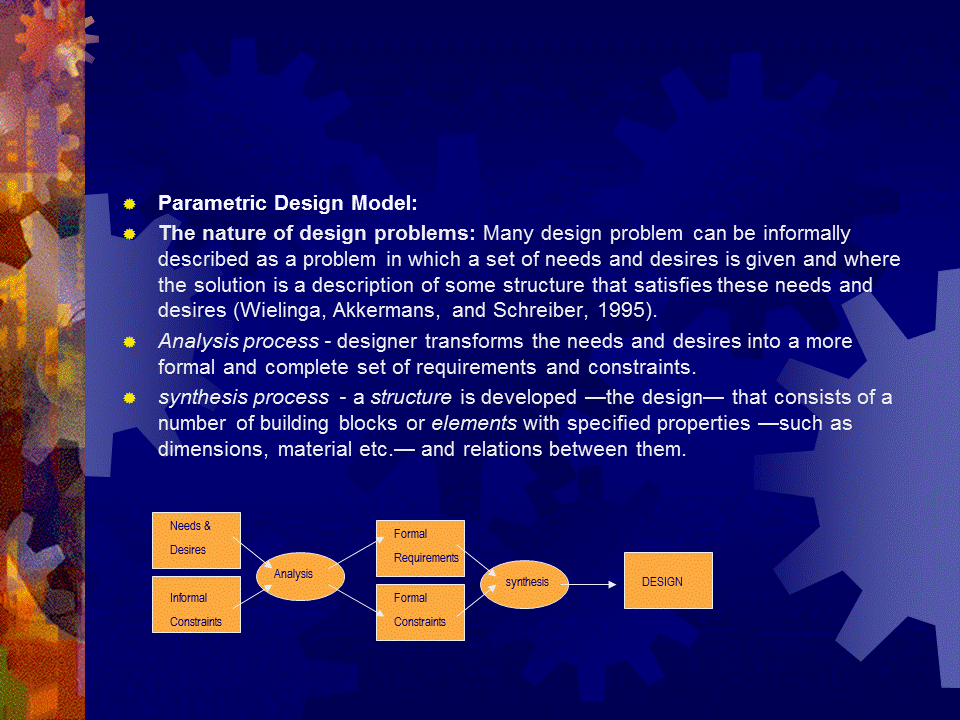





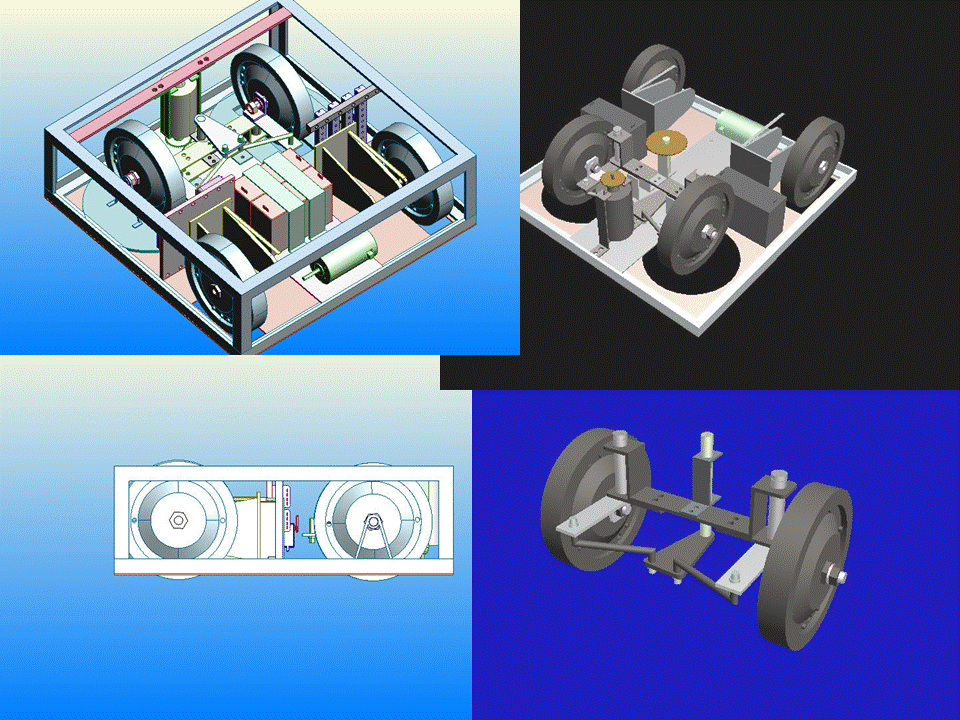

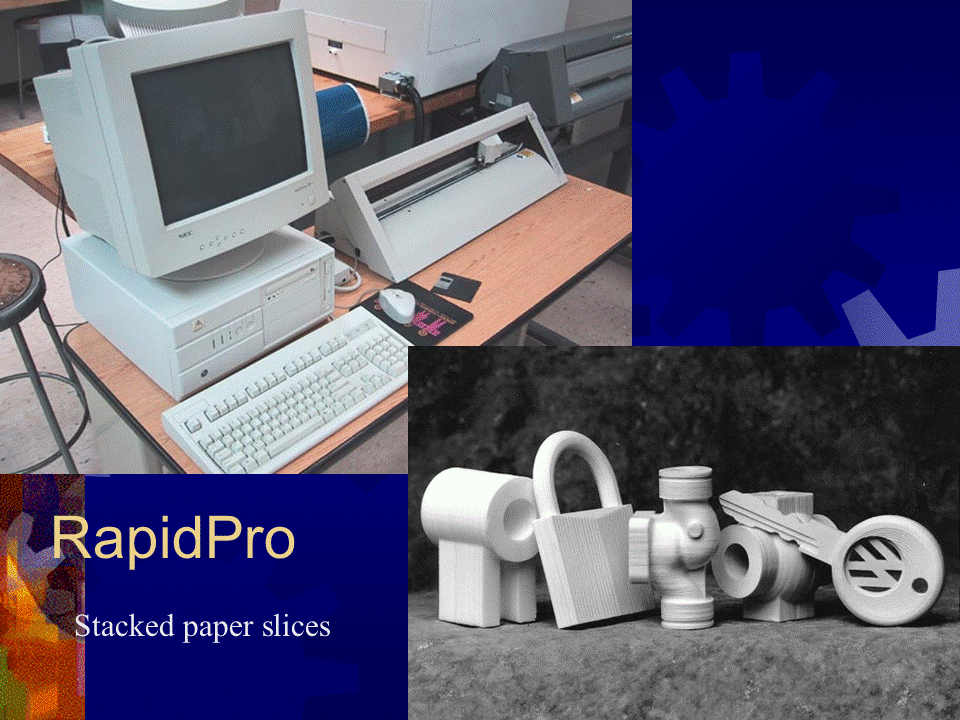









No comments:
Post a Comment